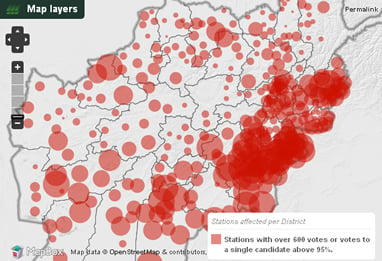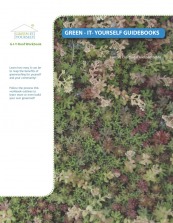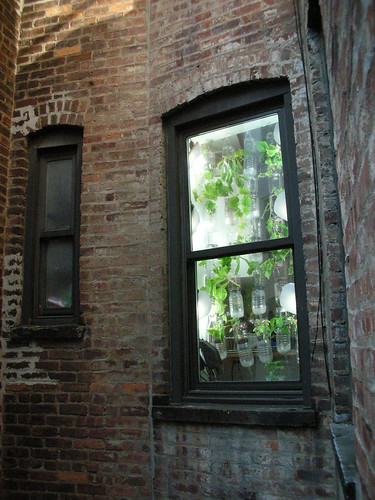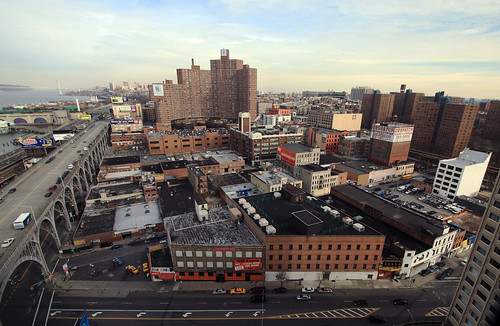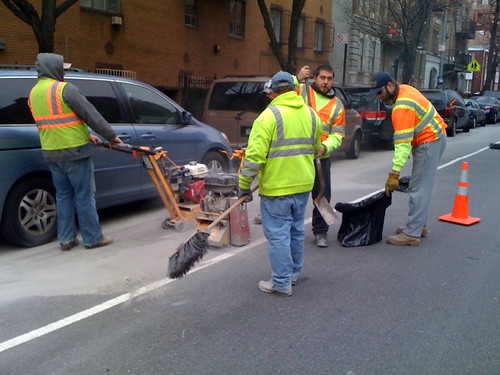A message from Sean Basinski, Director of the Street Vendor Project:
A couple weeks ago at a holiday party, I heard someone describe the Street Vendor Project as "that group who puts on the Vendy Awards."Read more about Mohammed and a request for micro-lending.
I was impressed that he knew about our big yearly event, which continues to thrive and grow. But I was frustrated that the Vendys had again overshadowed the work we do at SVP every day, organizing and advocating for hundreds of vendors who will never receive an award but deserve our recognition and assistance just the same.
One of those vendors is Mohammed Ullah, and immigrant from Bangladesh who sells roasted peanuts near Times Square. With no vending permits available, Mohammed can´t open his own business - the cart he works belongs to his boss, who pays him $60 to $70 a day. He lives in a small apartment in Brooklyn with his family.




